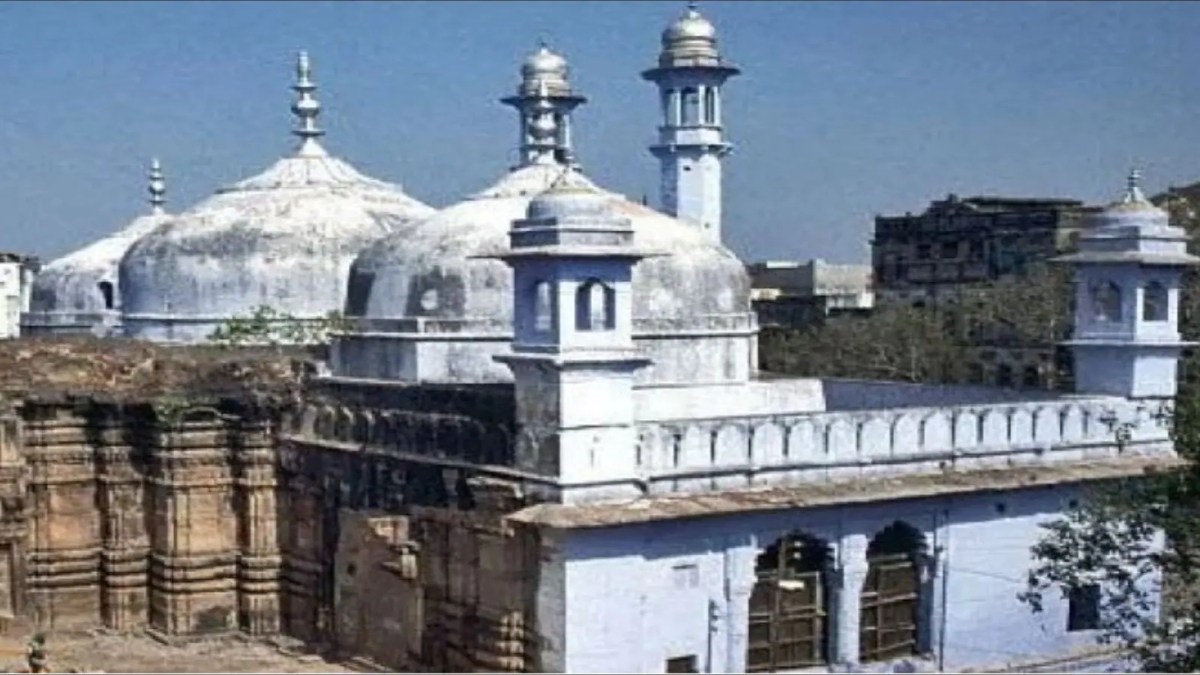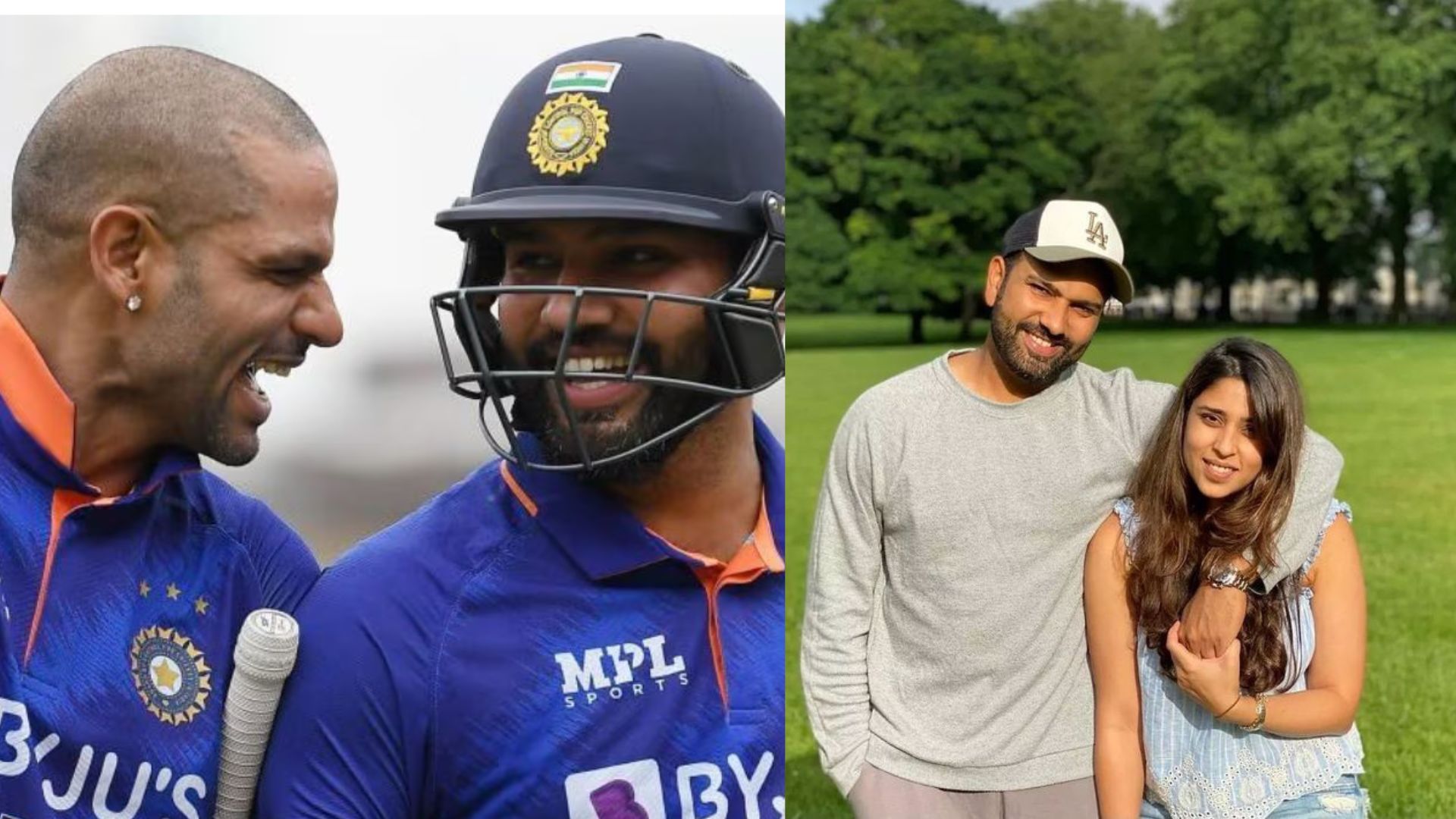
A chance test case for Shringar Gauri puja outside, the survey for it, and the surprise discovery of Shivalinga— supposedly the creator and destructor at the old temple of Lord Vishwanath or Gyanvapi— is changing the political scenario with a religious fervor possibly giving a boost to the preparation for 2024 Lok Sabha elections.
Would it make the Congress effort at Udaipur futile and boost up the votary of Hindutva for a new stretch of political success? It definitely would firm up the religious thrust of Indian politics.
Varanasi is the city of Shiv. Adages are there that Shiv used to visit this city from his Himalayan home every year. None possibly expected that he would be found in the ablution tank in all his manifestation to energise his devotees. Nobody yet knows whether it is the lingam or not, but it has charged up the political atmosphere.
It may be the beginning of a new judicial process that unravels the murky medieval Indian history marked by many demolitions of temples, atrocities, and killings. The Gyanvapi can have an impact on at least ten different places, where the medieval rulers had taken recourse to the extreme brutality of converting religious structures and killing thousands. These are: Kashi Vishvanath (Gyanvapi) in the oldest living city of Varanasi; Krishna Janmabhoomi (Shahi Idgah); Rudra Mahalay in Patan, Gujarat; Bhojshala Saraswati Mandir (Kamal Maula mosque) at Bhoshala in MP; Adinath Temple (Adina mosque) at Pandua, West Bengal; Bhadra Kali Temple (Jama Masjid) in Ahmedabad, Gujarat; Vijay Temple (Bijamandal mosque) at Vidisha, MP; 27 Hindu and Jain temples (Quawwatal- ul- Islam) Qutb Minar complex; and Somnath and Ramjanmabhoomi temples that are now restored.
The Gyanvapi re-ignites the issue of what was supposed to have been settled with the judgment of the Ramjanmabhoomi temple by the Supreme Court. The five Supreme Court judges took note of the Places of Worship (Special Provisions) Act of 1991 that laid down that all shrines will be preserved as inherited by independent India on 15 August 1947. The law made an exception for Ayodhya as it was already an ongoing dispute. Nothing else was deserving of an exception, nor was it legally or constitutionally possible, the judges wrote.
The quick scenario change in the Gyanvapi incident may raise the question of the validity of the enactment of the Places of Worship Act by the Narasimha Rao government. Sentiments are high not only in Varanasi but all over. Seeming non-partisan people like PK Roy, former executive director, Airports authority of India in Kolkata; Lalima Aneja Dang, a senior radio producer; Priyadarshi Dutt, author, commentator; former editor of Doordarshan Prabhat Dabral are all charged and advising that it is prudent to settle and not react on this emotive issue. Former Vice Chancellor of Nagpur University SN Pathan and another Vice Chancellor Firoz Bakht Ahmed have appealed to the minorities to correct the steps and maintain harmony. Left-leaning Dabral says minorities must rethink despots like Aurangjeb and instead have consideration for the nation and sort it out.
The one common question the non-political elite ask is how could someone treat the revered Shivlinga with such contempt that they established the wash-tank above that. It is difficult to say whether it would have the same manifestation and feelings till elections or not. The sentiments expressed speak volumes of the hurt feelings.
The nation may recall that since 1949, the Babri structure in all purposes was a Ram temple. Emotive issues are not forgotten. That led to the demolition of the structure in 1992. The way now the Gyanvapi is flaring up with a non-issue on the plea for the right to worship Shringar Gauri images sculpted on the outer wall of the Gyanvapi, to the appointment of commissioners to the survey of the premises, and discovery of Shivlinga indicates that the issue of demolition by Aurangzeb on Sept 2, 1669, can widely impact the course of Indian politics.
The Hindutva-oriented parties will have ease in accessing the voters. Those not would have to find out the new political peg to remain relevant and vibrant.
It may start with Hyderabad’s Bhagyalakshmi temple. The TRS Chief Minister K Chandrasekhar Rao may have to take a stand on the crucial Bhagyalakshmi temple in the Charminar complex. Rao facing a pincer attack by Congress leader Rahul Gandhi and Home Minister Amit Shah will have to steer with deftness. The others and even MIM may pitch in to make the Telangana assembly elections interesting.
Whether Gujarat would like to rake up the Bhadrakali and Rudra Mahalaya issues, Madhya Pradesh ignites Vidisha and Bhojshala or not the development of the ensuing days would reveal. Maybe in MP and Gujarat, BJP might try to keep it on low fire but the opposition, also keen on proving loyalty to Hindus, can try sailing on it as BJP may look for a chance in Bengal to peg on Adinath, Pandua.
Alok Kumar, president of VHP, an eminent lawyer, is categorical: “There has been no change in the status of the religious structure since 1947, and Hindus have always performed puja at the site” calling it Gyanvyapi Mandir. VHP national spokesperson Vinod Bansal said the faces of those who were trying to “hide the truth” have been “painted black” with the “finding”.
The Congress two days back at the Udaipur Chintan meet supported the 1947 law regarding Gyanvapi. So far it has not come out with a similar supportive statement.
In the BJP only, Sangeet Som has threatened a replay of the 1992 ‘Babri demolition’. But the BJP is happy with the Varanasi court developments giving it time, to extend the restrictions at the Gyan Vapi. They being the rulers in UP are acting with caution so that the gains take them to the logical conclusion. Chief Minister Yogi Aditynath is personally observing each of the developments.
J&K PDP leader Mehbooba Mufti slammed the BJP for stoking the fire. It is simple. MIM leader Owaisi says he is ‘pained’.
The Gyanvapi will decide the religious fervor of Indian politics. The parties not aligned with BJP’s views have the challenge to tailor new strategies. The minorities are in dilemma. They are not keen on sailing with it or giving up but the voices within are advising not to get into another confrontation and solve it prudently.
Howsoever it develops, it would keep the Indian politics warm and parties would have to stir cautiously to chart their way to 2024 Lok Sabha and many assembly elections before that.
The churning continues and the nation hopes that solution would emerge for a prosperous, peaceful country.
It may start with Hyderabad’s Bhagyalakshmi temple. The Telangana Chief Minister K Chandrasekhar Rao may have to take a stand on the crucial Bhagyalakshmi temple in the Charminar complex. Rao, facing a pincer attack by Congress leader Rahul Gandhi and Home Minister Amit Shah, will have to steer with deftness.















